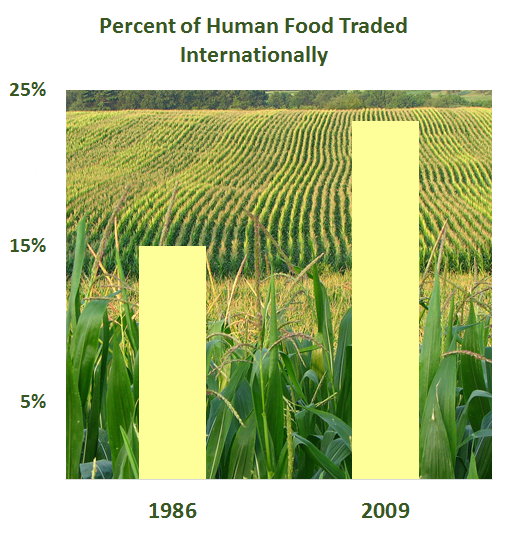Climate Fluctuations and Crops: Science Daily
The agriculture industry must contend with volatile weather patterns. A study from Columbia University's International Research Institute for Climate and Society, the International Food Policy Research Institute and other partners has determined that crop failures in distant parts of the world may be related, with the El Niño-Southern Oscillation responsible for simultaneous crop failures in China, the United States and Argentina. The industry increasingly relies on trade, with good harvests in one region compensating for poor harvests in other regions. The researchers’ goal is to develop forecasting methods to manage the risks of climate variability. Corn is most vulnerable to the volatility with soybeans and wheat less so. Developing nations and small farms confront greater risk due to poor infrastructure and fewer resources. Improved forecasting of big climate trends could reduce price shocks for commodities, increase food security and allow better planning on emergency food assistance. – YaleGlobal
Climate Fluctuations and Crops: Science Daily
The agriculture industry and global food security increasingly rely on trade to compensate for crop losses due to volatile climate patterns
Thursday, July 11, 2019
Read the article from Science Daily about researchers’ efforts to develop better forecasting methods for major climate trends.
Read the study “Synchronous Crop Failures and Climate-Forced Production Variability” by W. B. Anderson, R. Seager, W. Baethgen, M. Cane and L. You from Science Advances.

(Source: P. D’Odorico, J. A. Carr, F. Laio, L. Ridolfi, S. Vandoni, Feeding humanity through global food trade. Earth’s Future 2, 458–469 (2014).)
Science Daily
Copyright 2019 ScienceDaily